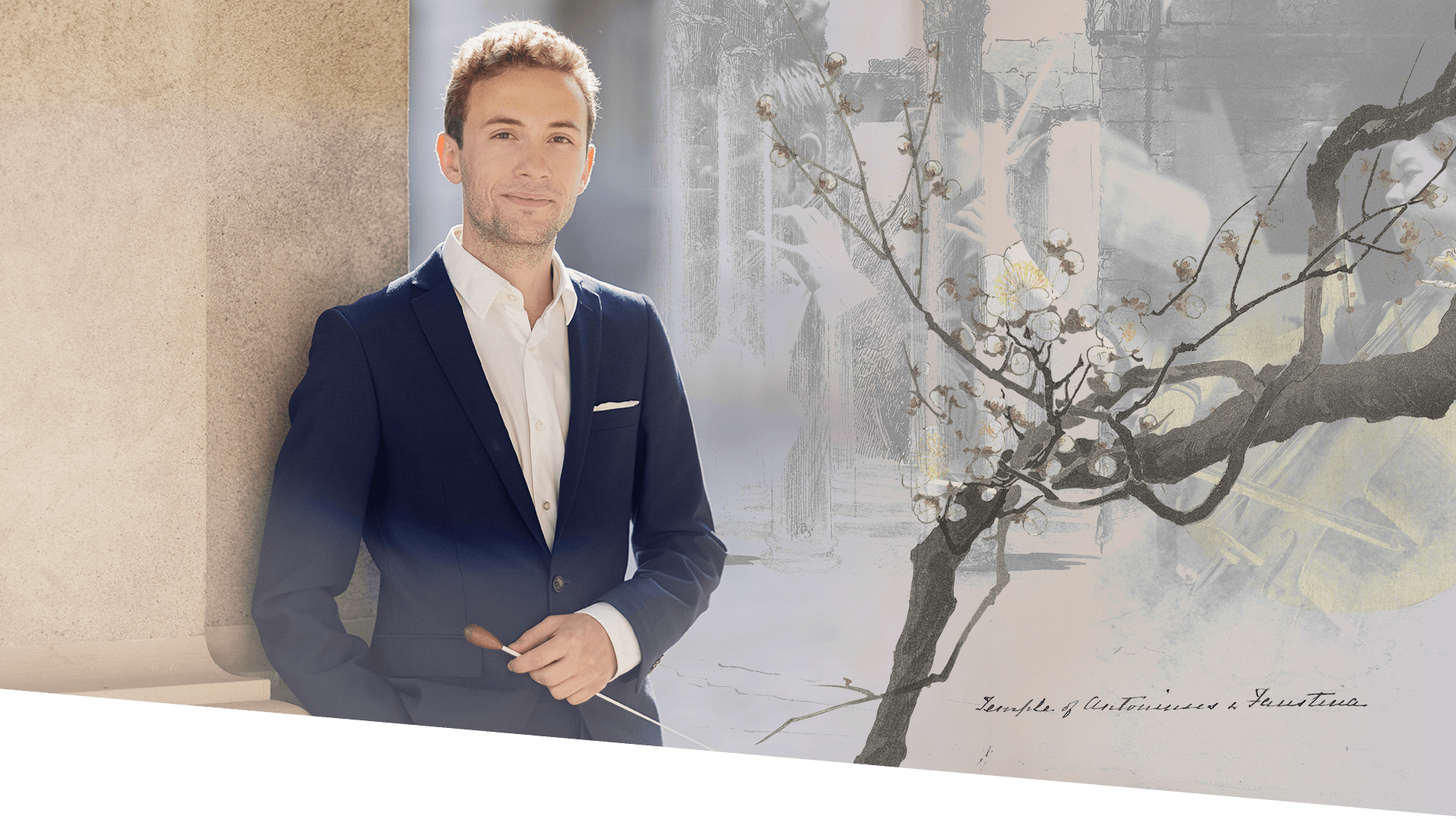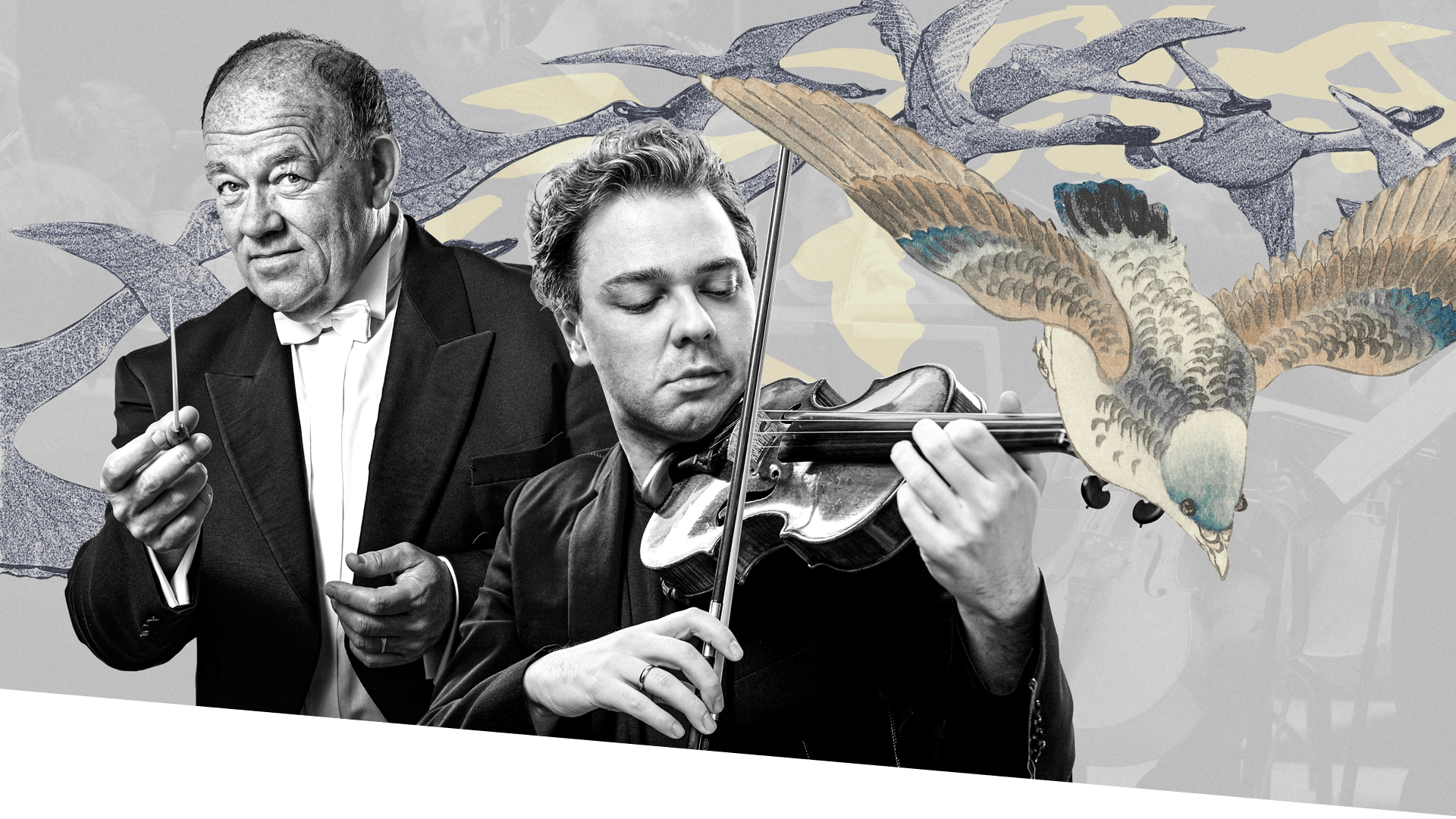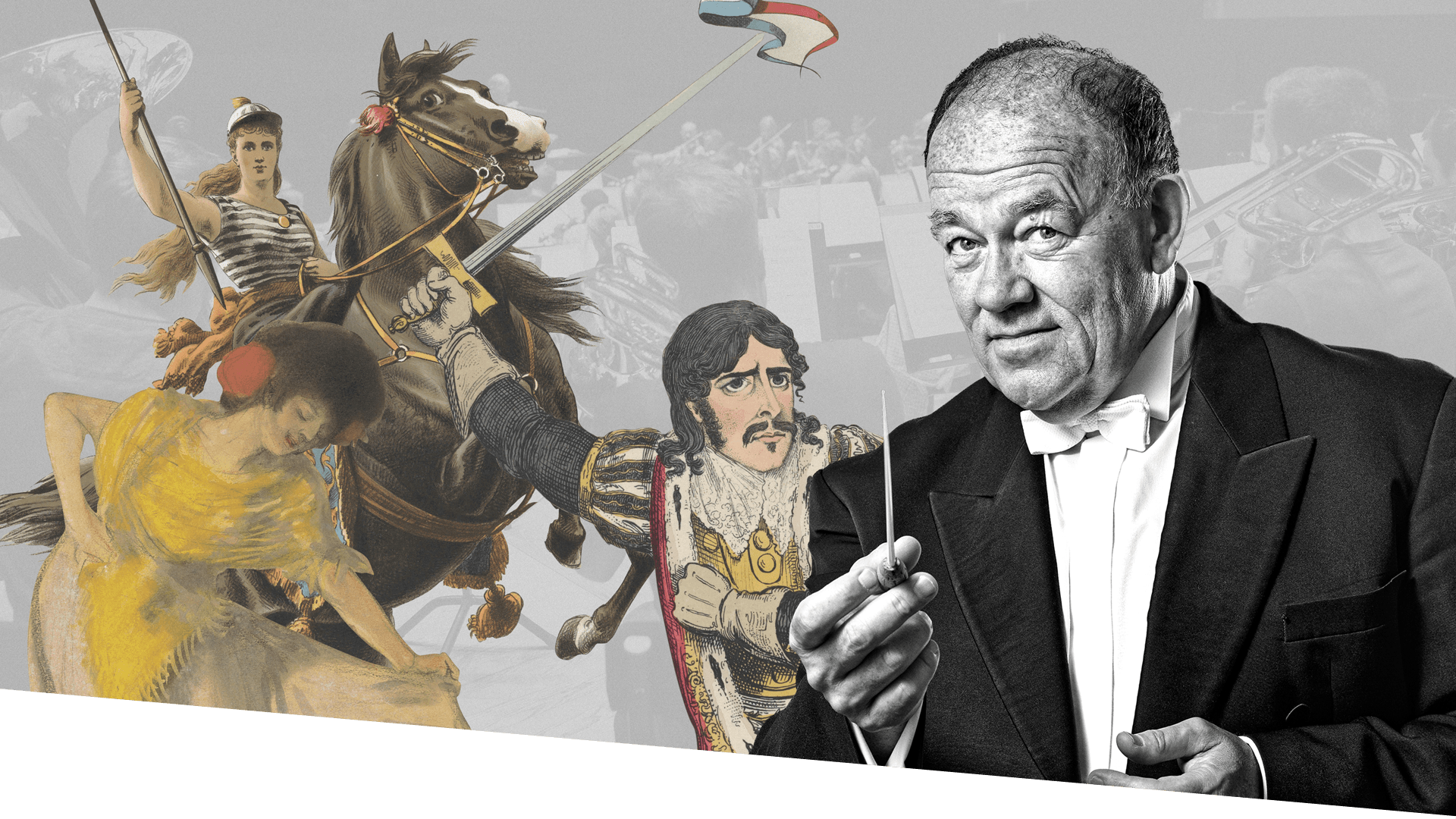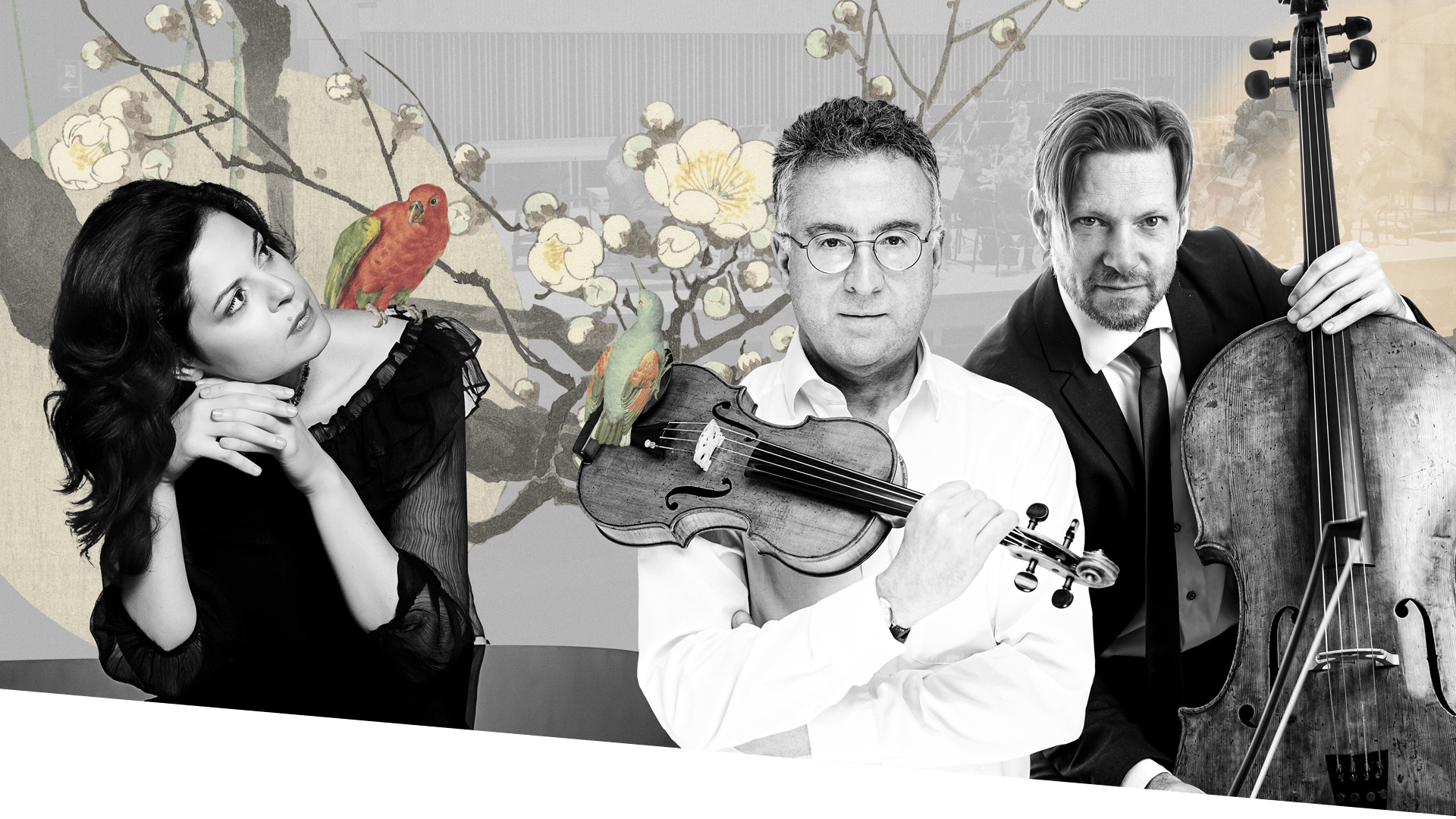
How to start conducting a piece
BY NATHANAËL ISELIN
For our blog today I want to share an aspect of my profession that the audience rarely sees: How I study the music and my relation to the score.
It is an essential aspect of a conductor’s life, but it is mostly a solitary activity that people don’t get to witness. Like an iceberg, for every hour of concert the audience enjoys, there is 10 times that in rehearsals with the orchestra. But around the iceberg, there is an entire ocean of work that supports it. For the musicians, it represents the countless hours they spend practicing their instrument and learning music, since a very young age. For the conductor, it’s the many hours studying the score and learning the music, but most importantly exploring the context of the piece, the life of the composer, the reasons why he wrote this music, the other pieces that preceded and followed it, the state of the artistic, philosophical and political ideas at the time, the type of instruments he had, the traditions that were preserved, the mistakes that were made, the interpretation choices, etc. etc.
“Beginnings” is this year’s theme at Aarhus Symfoniorkester. So how do I begin looking at a score, how do I start the studying process when I meet a new piece?
Generally, I like to start by learning about the context of the piece. Once I know more about the life of the composer, the reasons he wrote his piece, and the world around it, I open the score and look at it from big to small, starting with the overall structure, and going progressively into the smallest details. First, I try to hear the music in my head. Then, at some point in this process, I go to the piano and play from the score, to have a different perspective. When I have a clear idea of the score and my interpretation, I then put on my headphones and listen to many different recordings, recent ones and older, in order to challenge my vision and discover the various traditions. In some cases, we can even find a recording conducted or played by the composer himself! This is of course a precious source of information, although it cannot be taken as an “absolute truth”.
This March, the Aarhus Symfoniorkester will play its Tchaikovsky Festival, during which you will have the opportunity to hear many major works by the composer. There are many ways one can interpret the notes that Piotr Ilitch wrote on the paper, and that were passed on to us via the various music editors. After going through the whole study process described above, one can end up with drastically different results.
As an example, I invite you to listen the introduction of Tchaikovsky’s 5th Symphony, in two different versions. The first recording is by the New York Philharmonic, conducted by Leonard Bernstein. The second is the Leningrad Philharmonic, conducted by Yevgeny Mravinsky. The notes on the paper are the same, but these two recordings tell very different stories…
As another example, hear the introduction of Tchaikovsky’s 4th Symphony, first by the Frankfurt Radio Symphony and Carlos Miguel Prieto, then by the USSR Radio Symphony and Gennady Rozhdestvensky. Once again, the music tells very different stories:
As a final note, I leave you with this version of the Concertgebouw Orchestra and Willem Mengelberg, recorded in 1929, one of the very first recordings of this piece! Enjoy!
Oplev musikken med Aarhus Symfoniorkester
Om forfatteren
Til sæson 2021/22 har Aarhus Symfoniorkester ansat den unge franske dirigent Nathanaël Iselin i stillingen som assisterende dirigent. Iselin havde sin debut fra Det Kongelige Danske Musikkonservatorium i maj 2021 ved en koncert med Aarhus Symfoniorkester, og han har allerede dirigeret orkestret til en sommerkoncert i juni 2021 – og flere koncerter følger i 2022.
Læs mere om Nathanaël Iselin



